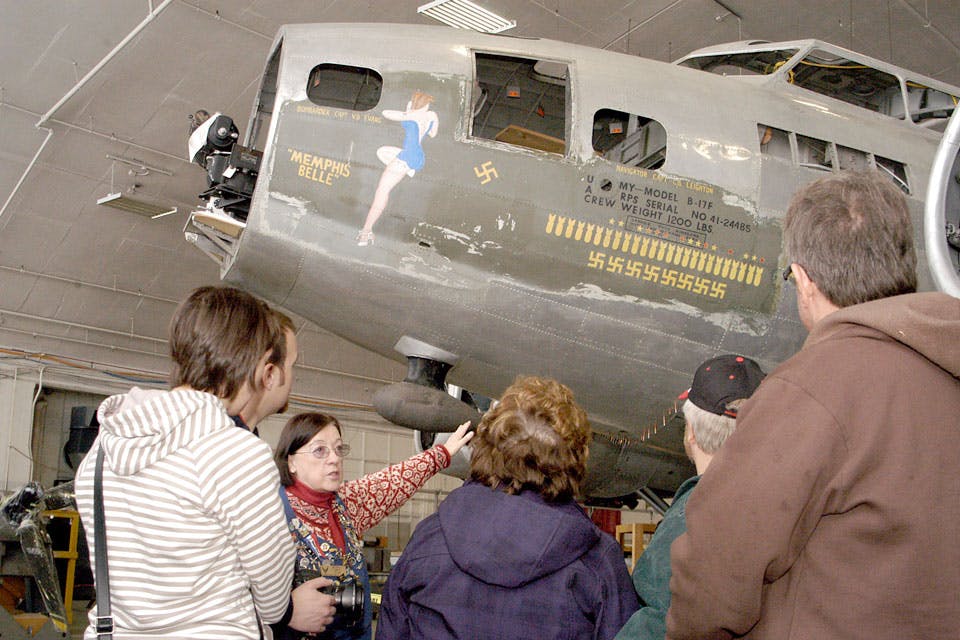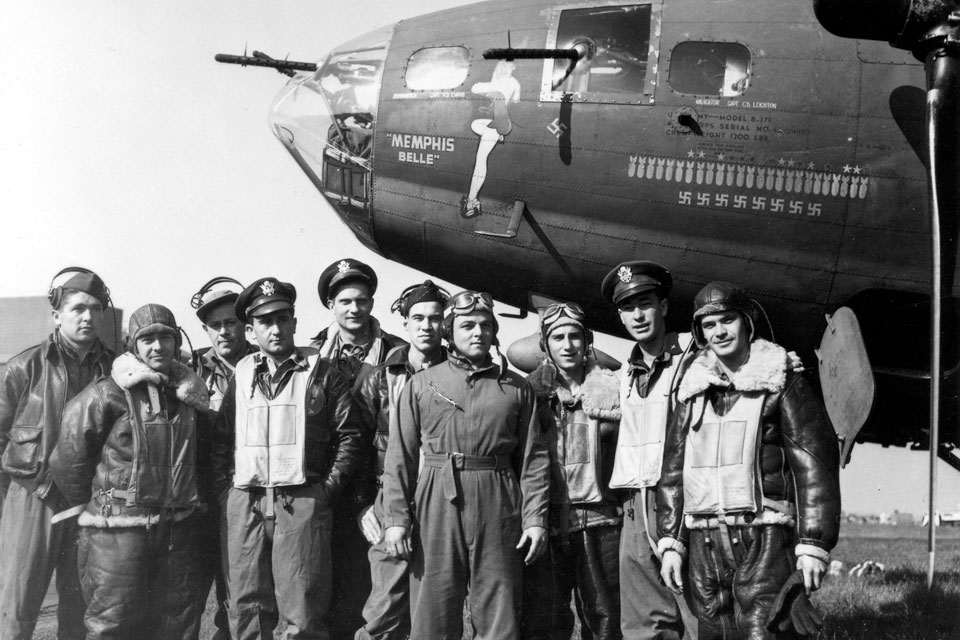Travel
Famous Flyer
One of World War II’s storied flying machines is being painstakingly restored near Dayton.
Related Articles

See ’Heartland: The Stories of Ohio Through 250 Objects’ in Lancaster
The Decorative Arts Center of Ohio hosts an artifact-focused exhibition that tells the story of our state through a collection of family keepsakes and iconic inventions. READ MORE >>

Historic Marker Installed at Home of Orville Wright
Hawthorn Hill, the Oakwood home where aviation pioneer Orville Wright lived with his sister and father, now bears a new marker celebrating its place in American history. READ MORE >>

Step Inside Cleveland’s Soldiers’ and Sailors’ Monument
This historic monument on Public Square commemorates the sacrifice and service displayed by Cuyahoga County residents during the Civil War. READ MORE >>





